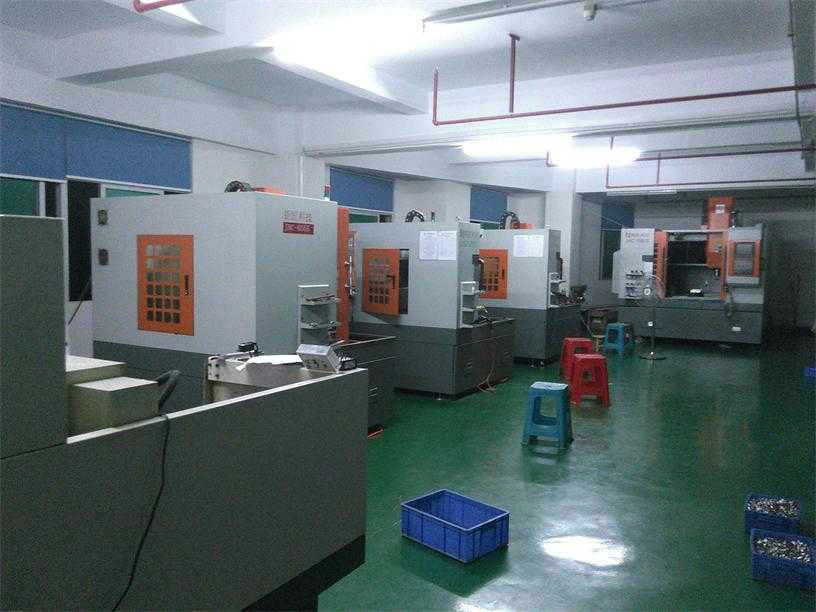From Concept to Creation-The CNC Prototyping Process
From Concept to Creation: The CNC Prototyping Process
In the realm of manufacturing and product development, the journey from concept to creation is a crucial one. This journey encompasses various stages, each with its own challenges and intricacies. One such stage is CNC prototyping, a process that plays a pivotal role in transforming ideas into tangible prototypes. In this article, we will delve into the CNC prototyping process, exploring its significance, methodology, and applications.
The Significance of CNC Prototyping
CNC (Computer Numerical Control) prototyping holds immense significance in modern manufacturing for several reasons. Firstly, it allows designers and engineers to visualize their concepts in a physical form before mass production begins. This enables them to identify and rectify any design flaws or inconsistencies early in the development cycle, thus saving both time and resources.
Secondly, CNC prototyping facilitates rapid iteration and refinement. Unlike traditional prototyping methods that may require extensive manual labor and tooling changes for each iteration, CNC prototyping can be easily modified through software adjustments. This agility empowers manufacturers to quickly respond to feedback, market demands, and design modifications, thereby accelerating the overall product development timeline.
The CNC Prototyping Methodology
The CNC prototyping process typically begins with the creation of a digital 3D model using computer-aided design (CAD) software. This model serves as the blueprint for the prototype and contains detailed specifications regarding dimensions, geometries, and material properties.
Once the digital model is finalized, it is translated into machine-readable code using CAM (Computer-Aided Manufacturing) software. This code, often referred to as G-code, contains instructions that dictate the movements and operations of the CNC machine.
CNC prototyping finds applications across a wide range of industries, from aerospace and automotive to consumer electronics and medical devices. Some common use cases include:
1. Product Development: CNC prototyping enables companies to quickly iterate and test new product designs, allowing for faster time-to-market and greater innovation.
2. Customization: In industries where personalized products are in demand, such as jewelry and fashion, CNC prototyping allows for efficient customization without the need for expensive tooling or molds.
3. Functional Testing: Prototypes produced through CNC machining can be used for functional testing and validation, helping engineers identify potential issues early in the development process.
4. Low-Volume Production: For small-batch production runs or niche markets, CNC prototyping offers a cost-effective solution for producing high-quality parts without the need for expensive tooling or setup.
In conclusion, CNC prototyping plays a vital role in the product development process, enabling designers and engineers to bring their concepts to life with speed, precision, and efficiency. By harnessing the power of digital design and advanced machining technologies, manufacturers can navigate the


